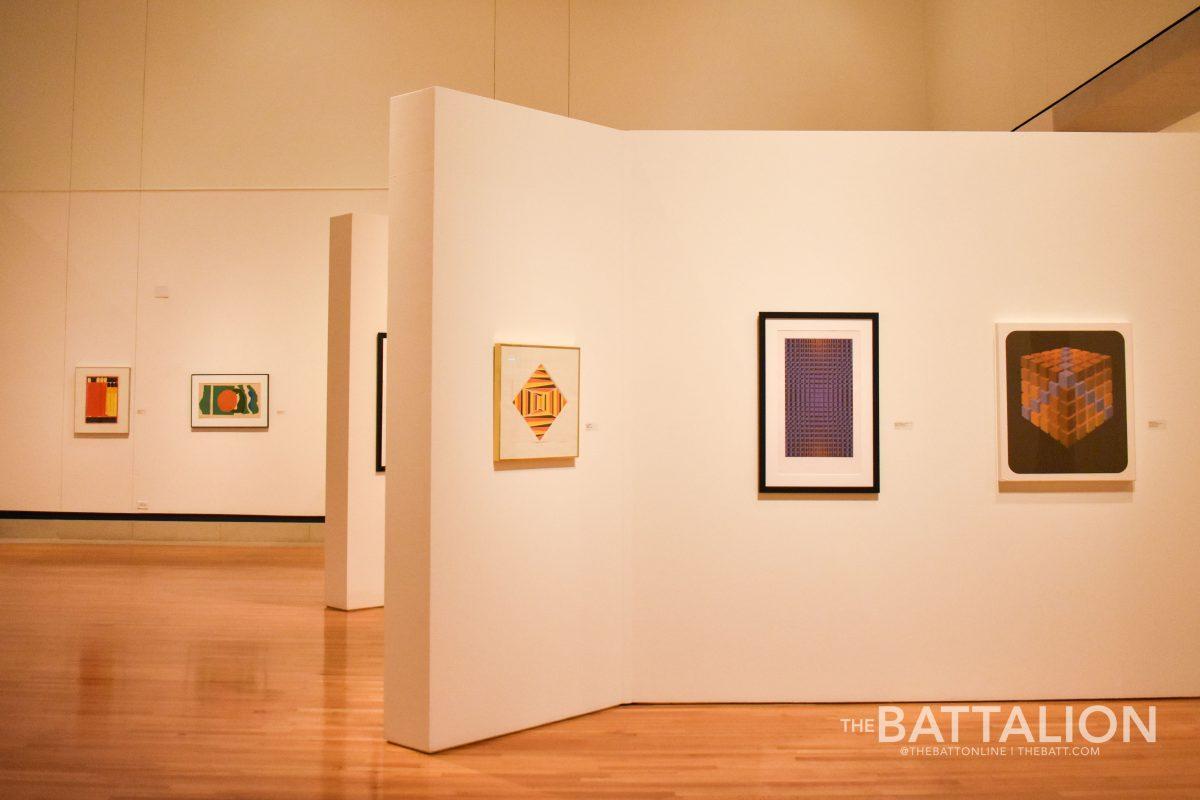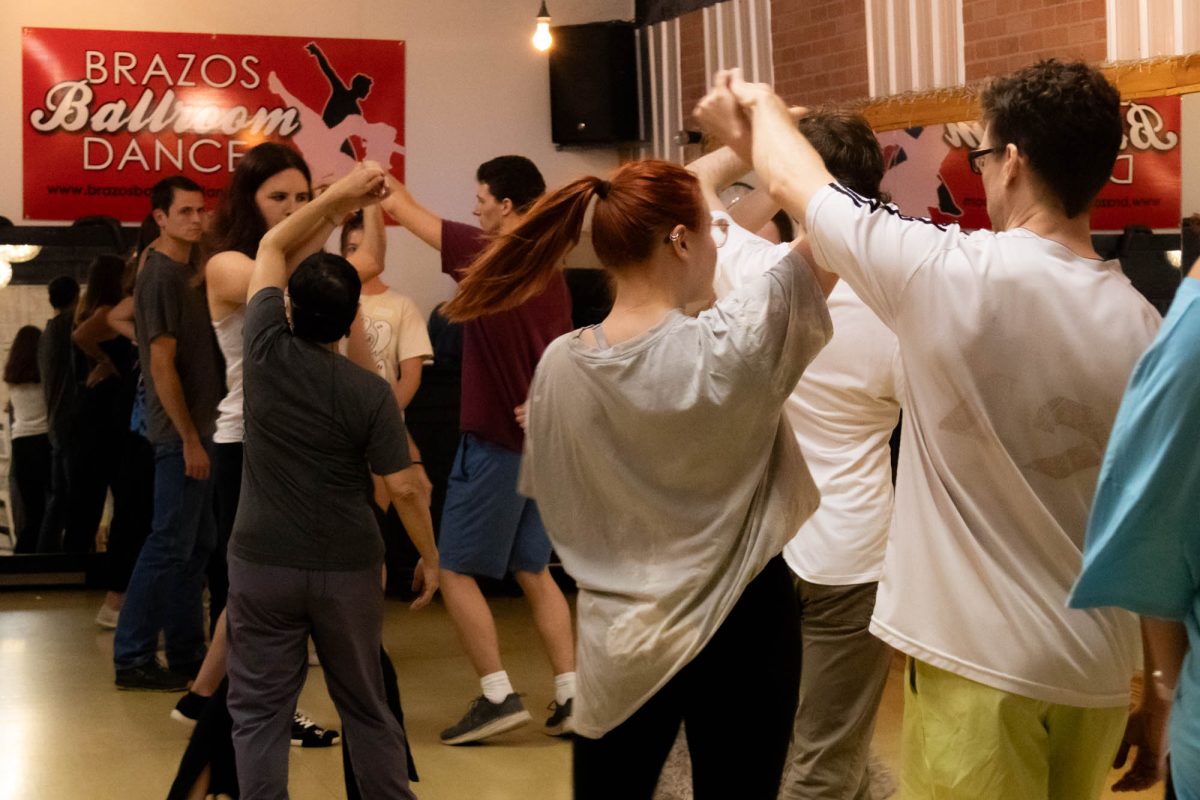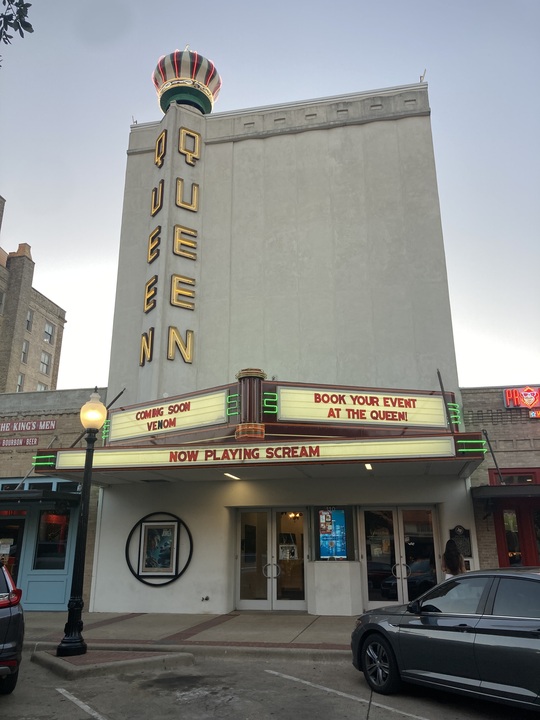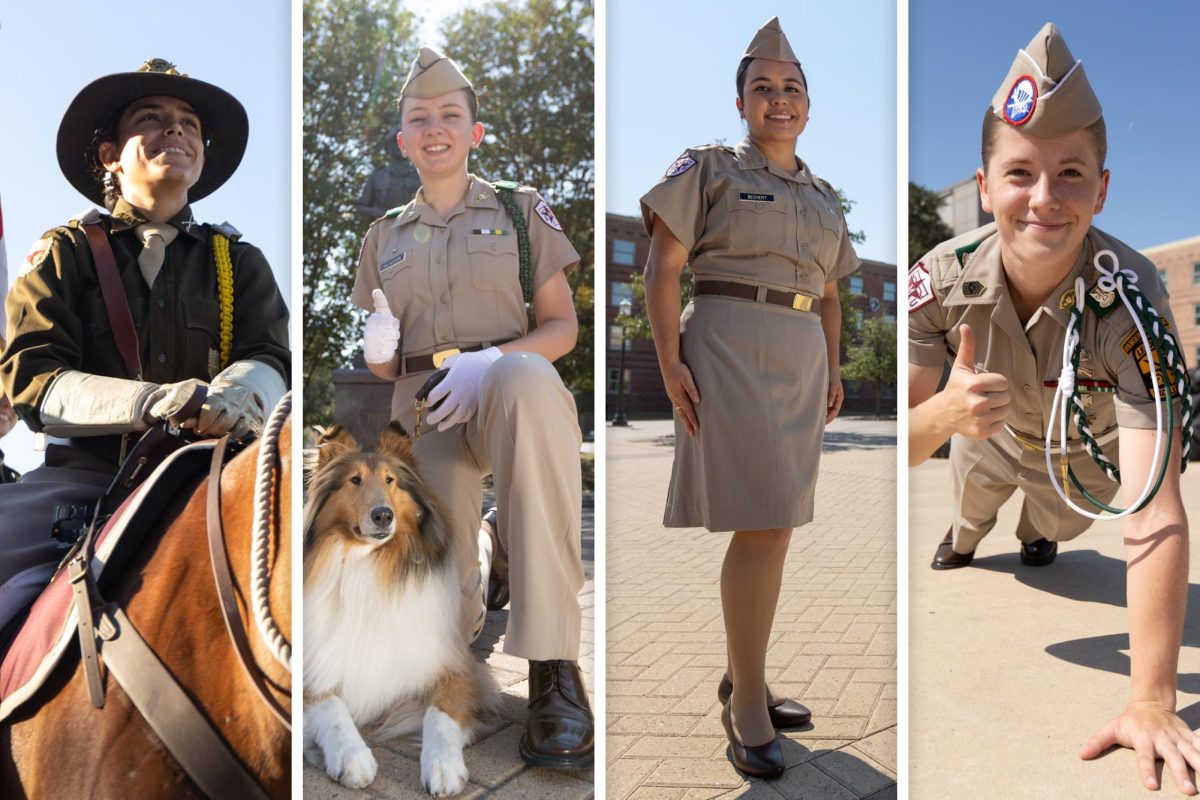The newest art exhibition in the Memorial Student Center explores not only the different types of printing techniques but also highlights the cultural significance of these works dated from centuries ago.
The J. Wayne Stark Galleries opened its new exhibit, “Pressing Matters: Prints from the Permanent Collection,” on Wednesday, Oct. 14 and will remain on display until Sunday, Dec. 13. Operating hours are limited to Tuesday through Friday from 10 a.m. to 4 p.m. as a precaution because of COVID-19.
According to the University Art Galleries’ website, this exhibition is part of their permanent collection, and it specifically outlines part of the history of printmaking and features the development of different printing processes.
“The permanent collection of the J. Wayne Stark Galleries focuses on American paintings, prints, drawings, and photographs of the 19th and 20th centuries, with a strong emphasis on Texas art,” the website reads. “[It] is home to sculpture and various decorative arts, and provides educational programming to inform guests of all ages about art.”
Molly Painter, marketing and communications specialist for the University Art Galleries, said many of the prints in this particular exhibit are some that visitors may have never seen before.
“This exhibition features prints made from a wide range of interesting printing methods [and] includes various printmaking techniques, like engravings, etchings and aquatints,” Painter said. “Viewers can examine the works close up and see how artists employ different ways of achieving visual effects.”
Furthermore, Painter said visitors will be able to learn more about the unique printing processes and even compare them with one another.
“[This] exhibition features works from the 18th through the 20th centuries, so guests can see how various printmaking techniques and subject matters have both changed and stayed the same over time,” Painter said. “[It] also does a great job of educating students about printmaking techniques, which are popular with modern day artists and non-artists alike.”
Through this exhibit, Director of the University Art Galleries Catherine Hastedt said visitors can specifically learn more about the intaglio and planographic printing processes.
“Intaglio prints … are where a plate is incised either with a sharp tool or with acid. After the plate is inked, it is wiped off and what is left is the ink in the incised areas. Paper is pressed onto the plate and the ink in the grooves is transferred to the paper,” Hastedt said. “A planographic process … is essentially the opposite. You remove everything from the plate that you don’t want printed so that only the high spots get inked.”
Hastedt said while the exhibition does focus on the processes involved in making each print, she also hopes visitors will see the hand of the artist in what they are trying to express in their work.
“When you say to students that something is a print, their first interpretation is something printed from a computer,” Hastedt said. “Most people really don’t understand the various printing processes and how they work because outside of art making they really aren’t used anymore. It is important that people don’t lose sight of the impact that these printmaking processes had on the development of the world both in industry and the arts.”
Painter said she motivates the students on campus to take the time to explore this exhibition for themselves.
“This show is a great example of the holdings in our collections,” Painter said. “I always encourage students to come visit the galleries because I think they’re surprised when they see the amazing range of art we have right here on our campus.”
Stark Galleries displays new printmaking exhibition
October 18, 2020
Photo by Photo by Abbey Santoro
The “Pressing Matters” exhibit will be on display at the J Wayne Stark Galleries through Dec. 13, 2020.
0
Donate to The Battalion
Your donation will support the student journalists of Texas A&M University - College Station. Your contribution will allow us to purchase equipment and cover our annual website hosting costs.








